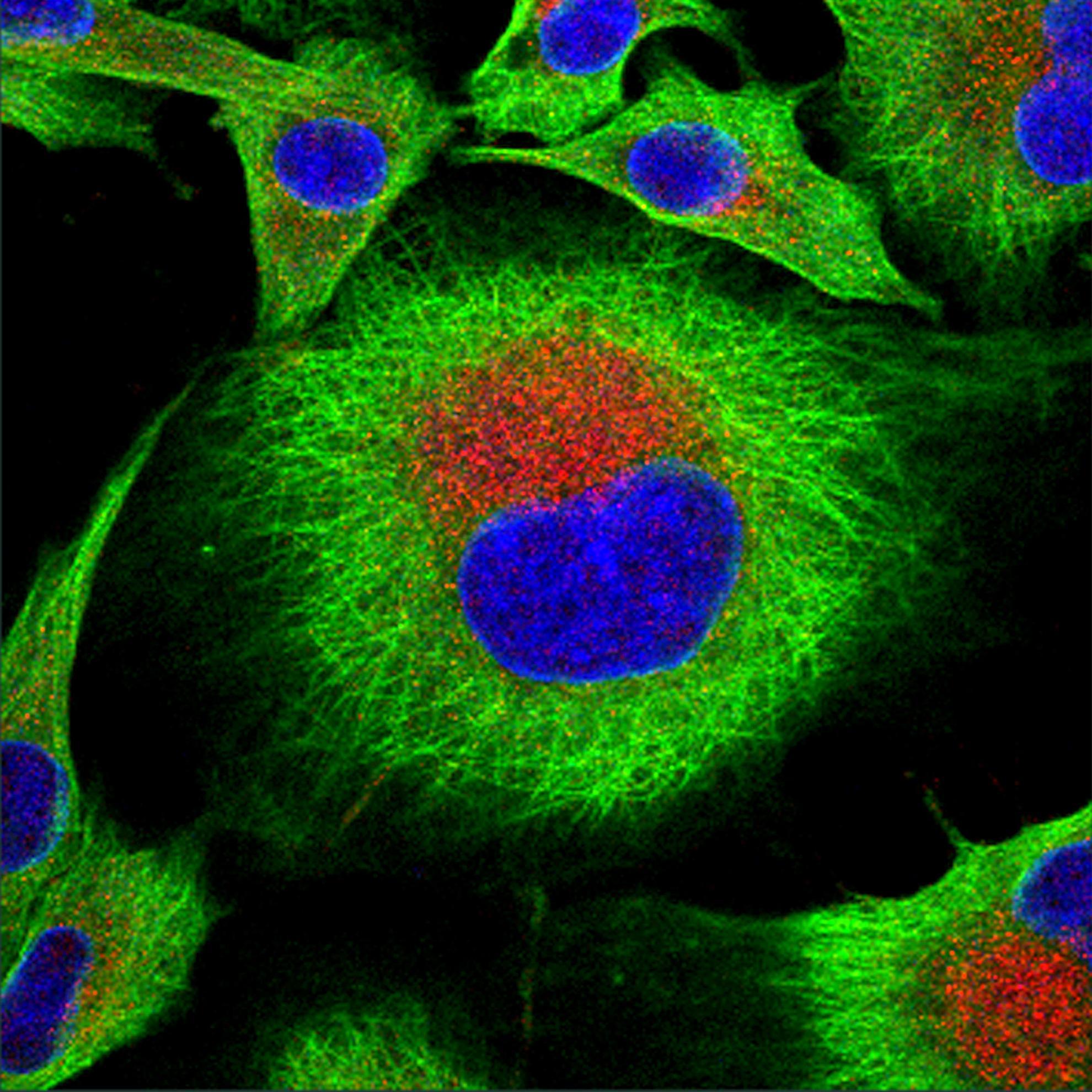An infectious recombinant foot-and-mouth disease virus expressing a fluorescent marker protein
Foot-and-mouth disease virus (FMDV) is one of the most extensively studied animal pathogens because it remains a major threat to livestock economies worldwide. However, the dynamics of FMDV infection are still poorly understood. The application of reverse genetics provides the opportunity to generate molecular tools to further dissect the FMDV life cycle. Here, we have used reverse genetics to determine the capsid packaging limitations for a selected insertion site in the FMDV genome. We show that exogenous RNA up to a defined length can be stably introduced into the FMDV genome, whereas larger insertions are excised by recombination events. This led us to construct a recombinant FMDV expressing the fluorescent marker protein, termed iLOV. Characterization of infectious iLOV-FMDV showed the virus has a plaque morphology and rate of growth similar to the parental virus. In addition, we show that cells infected with iLOV-FMDV are easily differentiated by flow cytometry using the inherent fluorescence of iLOV and that cells infected with iLOV-FMDV can be monitored in real-time with fluorescence microscopy. iLOV-FMDV therefore offers a unique tool to characterize FMDV infection in vitro, and its applications for in vivo studies are discussed.
Back to publications

